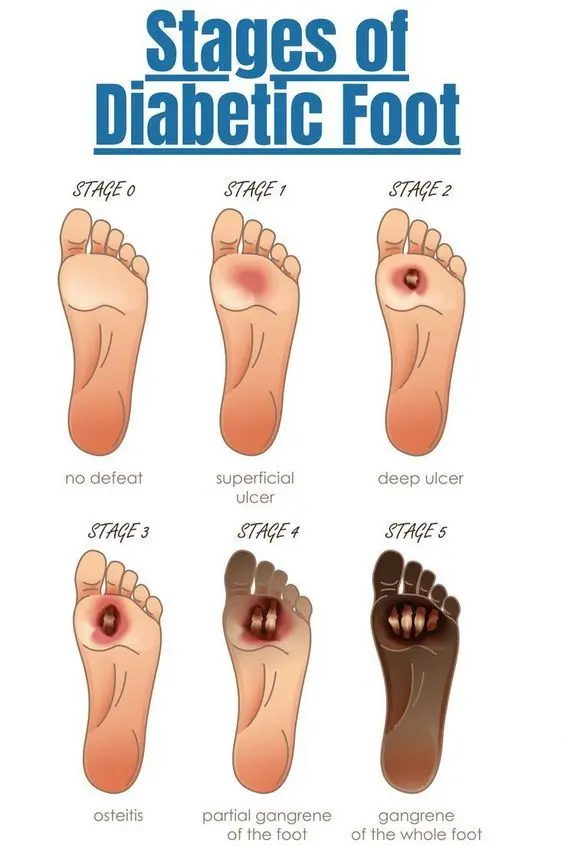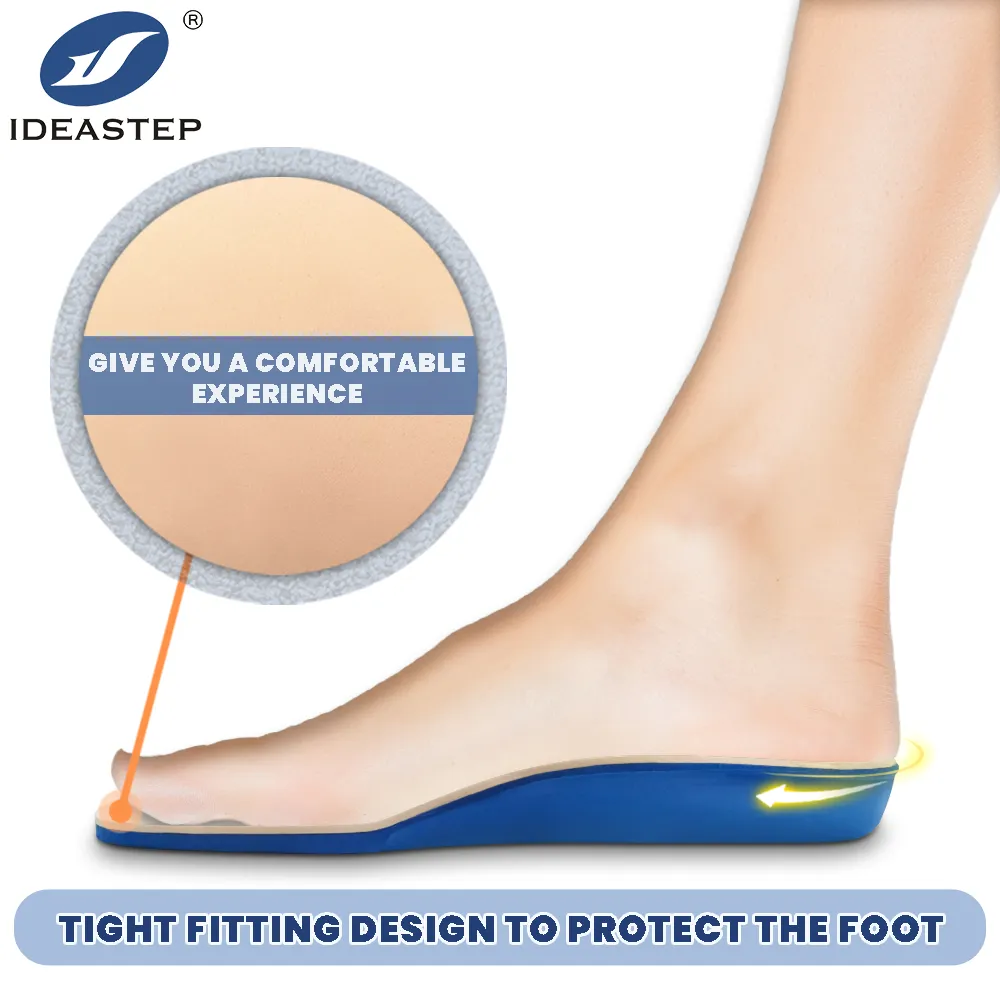Diabetic foot care is an important part of health care and wellness for individuals suffering from diabetes. The sensitive feet result in discomfort, and for those suffering from serious complications, limited or no mobility at all. That’s where the work of diabetic shoe insoles comes in. In particular, diabetic shoes insoles are designed to cushion and support sensitive feet while doing daily tasks. Picking appropriate diabetic insoles does much in terms of promoting comfort, improving mobility, and ensuring better health of the foot.

What are Diabetic Shoe Insoles?
Diabetic shoe insoles have been designed with the needs of people suffering from diabetes in mind. These insoles are cushioned, supportive, and shock-absorbing to distribute pressure off sensitive parts of the feet. Unlike regular insoles, the diabetic ones are designed to minimize friction and give extra arch support, which makes them one of the most important features in diabetic foot care.
Difference between Diabetic and Regular Insoles
| Feature | Diabetic Insoles | Regular Insoles |
|---|---|---|
| Cushioning | Enhanced for pressure relief | Standard cushioning |
| Support | Specific arch and heel support | General support |
| Moisture-wicking | Yes | Not always |
| Material | Specialized materials for comfort | Various, often less effective |
| Customization | Often custom-fitted | Limited customization options |
Common Foot Problems in Diabetic Patients
People with diabetes usually suffer from a series of foot problems. Becoming aware of these may help bring awareness to how important proper diabetic foot care is. Some of the common issues are as follows:
- Nerve Damage (Neuropathy): It results in decreased sensations in the feet. It may reduce sensation and mask the injuries.
- Poor Circulation: With diabetes, blood circulation can be suffered, in which case it damages the natural process of healing.
- High Potential Pressure Areas: Calluses or sores can develop in sensitive areas because of a lack of proper support.
Selecting the Right Diabetic Shoe Insoles
Selecting the right diabetic shoe insoles requires attention to a number of the most important factors to consider:
Material
Selection between materials depends on several factors that will affect comfort, durability, and effectiveness. Among the most common are:
- Gel: Very effective in shock absorption and hence for high-impact activities.
- EVA Foam: Extremely lightweight and low cost, but tends to compress over time.
- Polyurethane: Highly resilient, thus long-lasting in support.
Comfort and Support
In comfort considerations ensure that insoles have enough support. Look for insoles with arch support, as these are essential for sensitive feet to prevent strains.
Breathability
Pick insoles made from breathable materials. The aspect allows the moisture-managing capability, hence the dryness of the feet, curtailing possible blisters, especially in sporting activities.
Shock Absorption
Insoles that can readily absorb shock are required to cushion the feet from impact, as in walking or running activities. This could minimize fatigue and further reduce the risk of injury.
Benefits of Diabetic Shoe Insoles to Active People
Diabetic shoe insoles benefit active people in the following ways:
- Increased Comfort: It would allow users to have longer activities due to proper cushioning.
- Injury Prevention: The right support reduces the incidence of foot injuries and complications.
- Improved Performance: From just walking and running to sports, insoles improve performance where there is a need for support.
Top Recommendations for Diabetic Shoe Insoles
Following are some recommended brands that provide good quality diabetic shoe insoles:
| Brand | Product Type | Key Features |
|---|---|---|
| Ideastep | Gel Heel Pads | Excellent shock absorption, flexible fitting |
| Ideastep | Orthotic Insoles | Lightweight, breathable, great for daily use |
| Ideastep | Cork Arch Support Insoles | Natural material, firm support for athletes |
User Feedback
Comfort and good health of the foot have been reported by people who have used diabetic shoe insoles. Most reviews have talked about their ability to serve their purpose on the ground, either for simple walking or high-intensity workouts.
Taking Care of Your Diabetic Shoe Insoles
To make your diabetic insoles last longer, here are some tips that you have to follow:
- Cleaning: Wipe with a wet piece of cloth soaped to a minimum.
- Drying: Dry completely without exposing to sunlight or any heat source.
- Replacement: Observe for any signs of wear, such as deformed cushioning or increased discomfort. Typically, insoles have to be replaced every six to twelve months depending upon use.
Conclusion: Foot Health – a Priority for Active Lives
This is a highly recommended investment for sensitive feet. Insoles for diabetic shoes offer support, cushioning, and protection that enhance mobility and improve the overall health of the foot. Since active individuals work their way through daily life, it can be made much easier with the right insoles. Choices like those at Ideastep allow one to make steps with more comfort and confidence.
Frequently Asked Questions
What types of shoes can diabetic shoe insoles be used with? Diabetic shoe insoles can easily fit most types of footwear, including athletic, casual, and work shoes.
How often should diabetic insoles for shoes be replaced? It is recommended to replace them every six to twelve months, depending on wear and comfort levels.
How to choose the right diabetic insoles for my needs? Consider material, support, comfort, and breathability in getting a good fit for specific needs.

